
All About Dog Hygromas Great Pet Care
A hygroma is a large, fluid-filled lump on a dog's elbow - or, actually, a fluid-filled lump on any bony point on your dog that frequently comes into contact with the ground when he sits or lays down. Elbow hygromas are the most common, especially in large breed dogs, but some dogs in shelters or other places with hard floors develop.
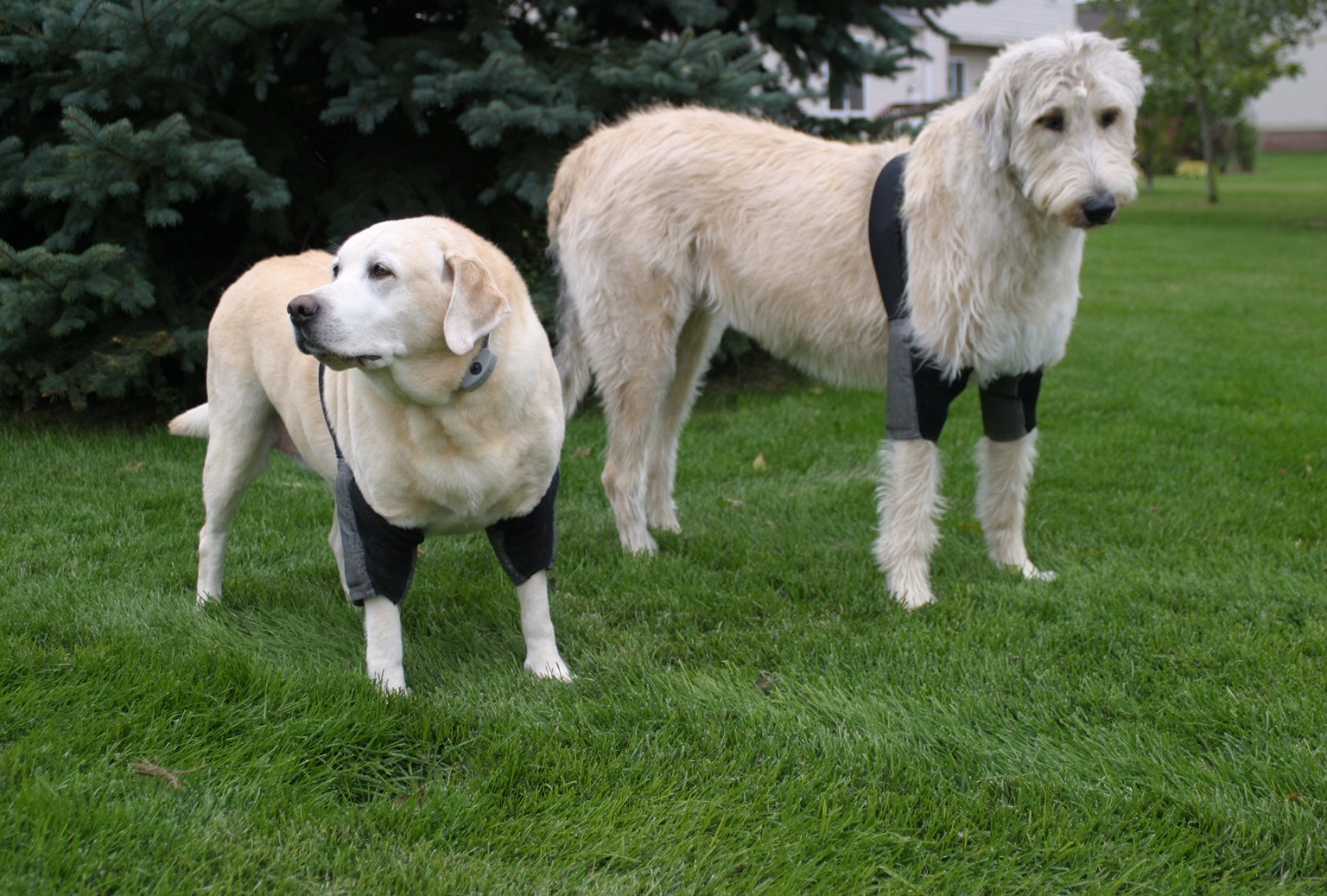
Hygromas in Dogs Rubbing Elbows Isn’t Always a Good Thing
A hygroma is a fluid-filled sac that forms over bony protuberances or pressure points in the body. The most common type that occurs in dogs forms over the elbow, hence the term, "elbow" hygroma. Other areas can form hygromas, although this is rare, and these could include the ankle joint and even the hip joint.

Hygroma Swollen Elbow YouTube
A hygroma is a fluid-filled sac that develops over bony prominences and pressure points, especially in large breeds of dogs. Repeated trauma from lying on hard surfaces leads to inflammation. This results in a dense-walled, fluid-filled cavity. A soft, flexible, fluid-filled, painless swelling develops over pressure points, especially the elbow.

Elbow Hygroma in dog Causes and Cure ( Hindi ) YouTube
A hygroma is a capsule-enclosed, fluid-filled swelling that develops under the skin. Most hygromas are found over the elbow but they can develop over any bony part of the dog's body, such as in the hock or over the hip bone or pelvis. It can affect any breed of dog but is more commonly seen in adolescent, large-breed dogs with short hair.

Hygroma/ Elbow Swelling In Your Dog/puppy Can happen to any dog YouTube
Hygroma (canine disease) Hygroma on the leg of a Labrador Retriever. A hygroma, or a false bursa, is a discrete, fluid-filled sac that can form on the joints of dogs in response to repeated pressure, such as that from sitting on a hard surface. [1] It is treated by draining the fluid and may be prevented by providing padded bedding.
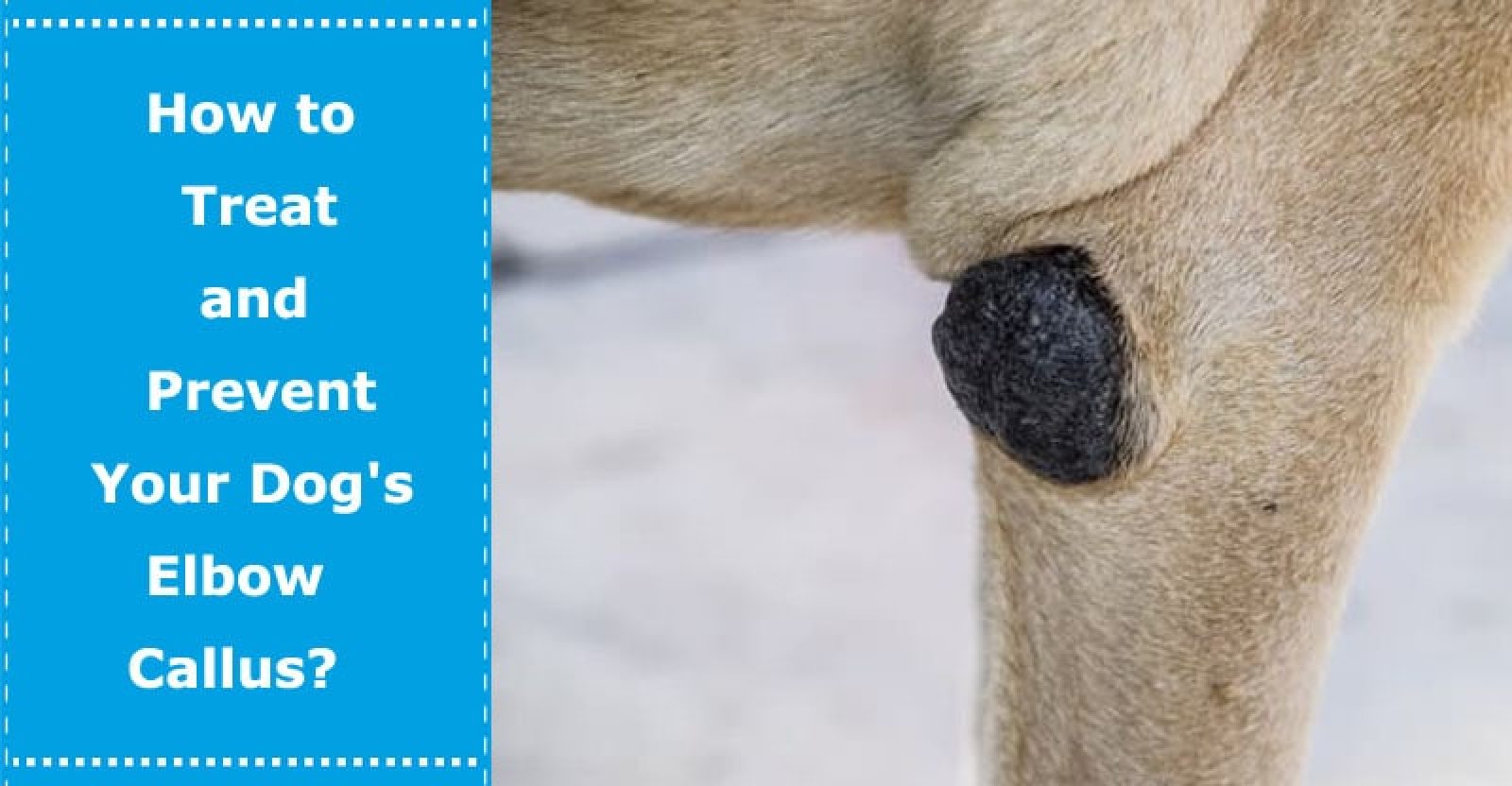
How to Treat and Prevent Your Dog's Elbow Callus? PetXU
The signs of hygroma in dogs include: Swollen elbow on the dog: Dog elbow hygroma usually presents as a fluid-filled swelling on one or both elbows. Initially, the swelling might be malleable and soft, but over time, it might harden and lose some of its fluidity. Hygroma discomfort can be severe, especially if it ruptures or gets infected.
/GettyImages-1003222310-d6aa54e94c6544fcb389ed50ffbed6e2.jpg)
Elbow Hygromas in Dogs
Causes of Hygroma in Dogs. A hygroma is caused by repeated trauma. Lying on hard surfaces (such as pavement) may produce an inflammatory response in your dog, which will lead to a dense-walled, fluid-filled cavity and the development of a soft, fluid-filled swelling. The swelling will typically be found over pressure points, particularly of the.
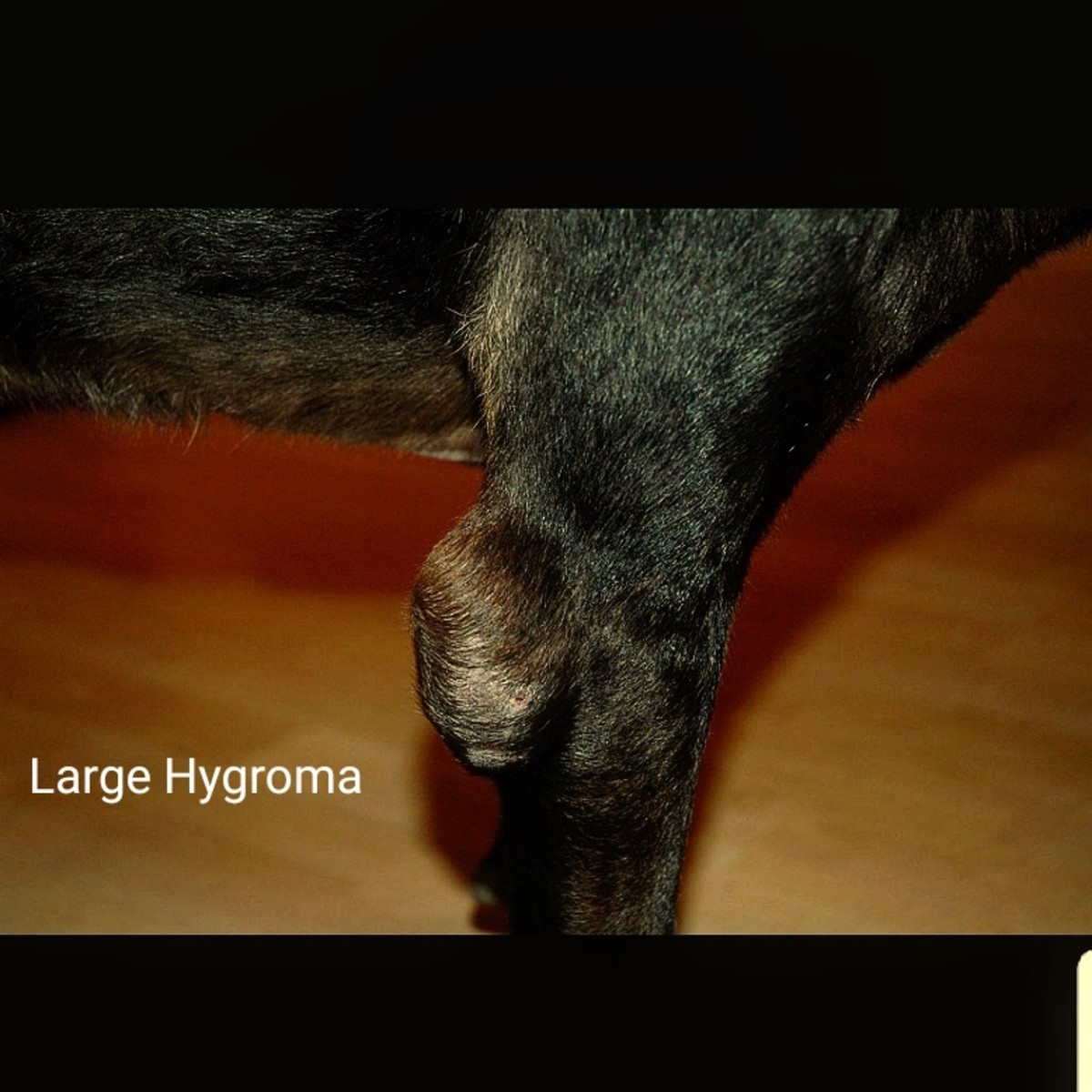
How to Prevent and Remedy Calluses on Dog Elbows That Can Bleed
What causes hygroma dog elbow? The most common cause of elbow hygroma is trauma. When a dog experiences elbow trauma, such as bumping or banging the elbow too hard from hard surfaces, the dog's.

Dog Elbow Hygroma problem and solutions / In Hindi / Elbow hygroma
A dog with a hygroma will have a soft, fluid-filled, non-painful swelling over a bony prominence such as the elbow, hip, or hock. If the hygroma is not painful or infected, it is referred to as an uncomplicated hygroma. If the hygroma becomes infected, ulcers or sores can form over the area and it will become painful. These infected hygromas.

Dog Elbow Hygroma How to Get Rid of Swollen Elbows on Dogs YouTube
A hygroma is a false bursa that develops over bony prominences and pressure points, especially in large breeds of dogs. In young dogs the pathogenesis is believed to be due to trauma. In older dogs, hygromas tend to be result of impaired ambulation and excessive time spent in recumbency on hard surfaces. These are common in dogs with elbow.

Dog's Elbow Is Bleeding (Here's What You Need To Do)
ELBOW HYGROMA . The usual patient for this condition is a short-haired large breed dog, usually of an adolescent age, brought to the veterinarian for assessment of a fluid-filled swelling at the point of one or both elbows. The swelling is generally non-painful but can be quite bulbous and bizarre-looking. Classic appearance of an elbow hygroma.
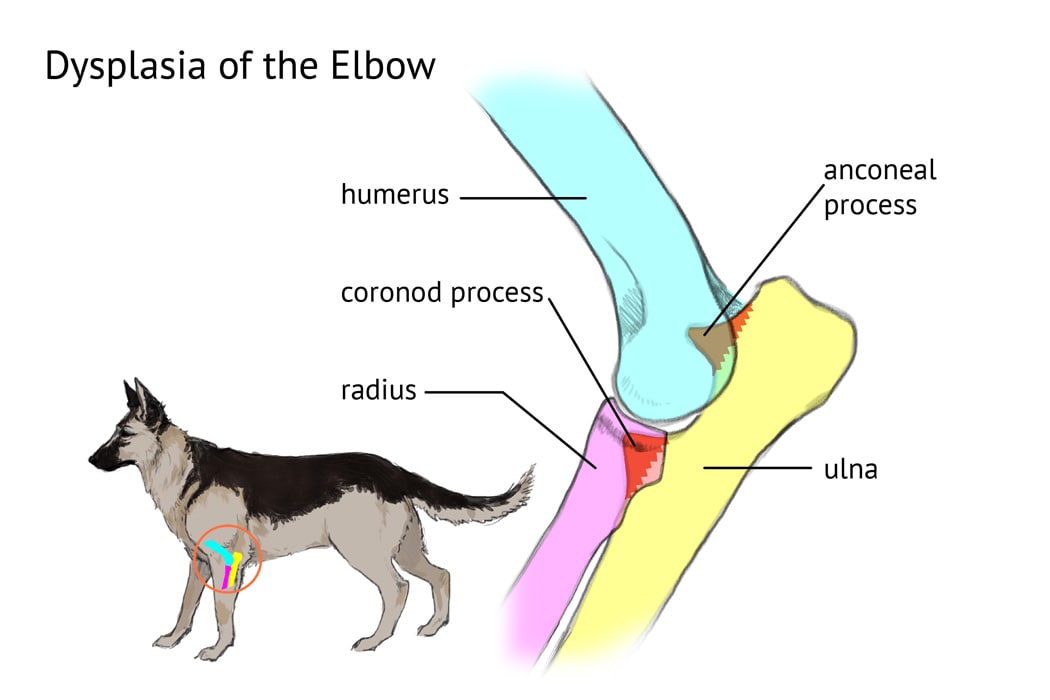
Elbow Dysplasia in Dogs Medical Diagram PetMD
Dog elbow callus are three words that many pet parents will be well acquainted with. Calluses, also known as pressure sores or hygromas, are thickened, roughened areas of skin that develop due to repeated pressure or friction on a particular area. They are common with large breeds or dogs that spend a lot of time lying on hard surfaces, but.
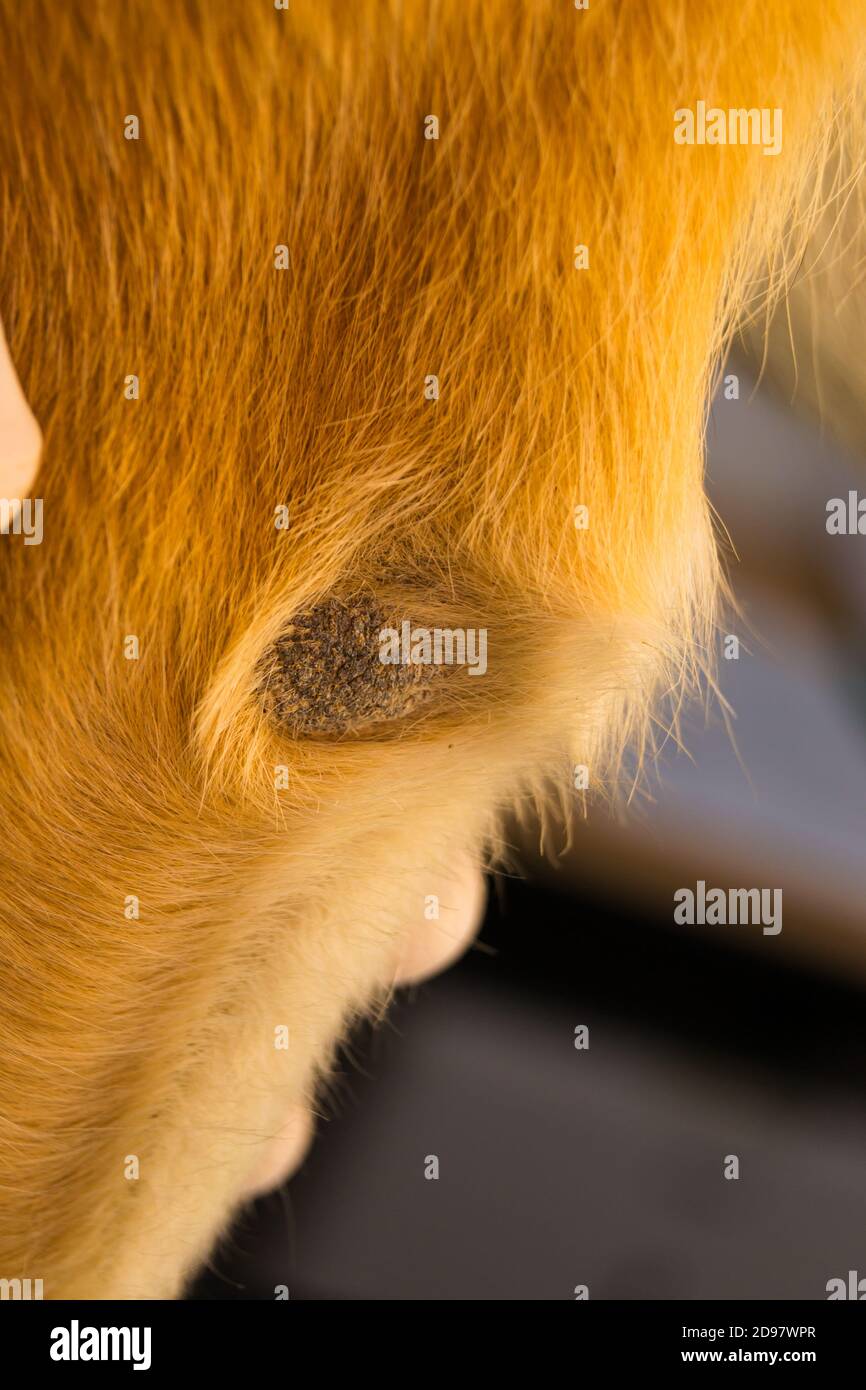
Hygroma dog hires stock photography and images Alamy
A Discussion on Elbow Hygromas and Calluses in Dogs. Whether they walk on two legs or four, the larger an animal is, the more likely it is to have problems with its joints and the skin covering over the joints. Although infections, allergic reactions, and illnesses can cause joint pain, or arthralgia, the most common cause of the often chronic.

Elbow Hygroma in Dogs Enjoy The Pets
Elbow hygromas occur when dogs experience minor trauma to the thin skin over a bony prominence. Frequent laying on hard surfaces: The way your dog sits can cause an inflammatory response in the tissue under the skin over the elbow joint. The body tries to protect the area by encapsulating it with fluid to cushion the joint.

Hygroma In Dogs Causes, Symptoms, and Treatment Total Pooch
Elbow hygromas are often mistaken for tumors. Hygromas are fluid-filled pockets that protrude from the skin and tend to be somewhat round in shape. They can be small and subtle or as large as an apple in shape and size. Initially, hygromas are soft to the touch. However, over time hygromas tend to become hard and some develop scabs on the.

How to Treat Elbow Hygroma in Dogs? Causes of Elbow Hygroma in Dogs
A hygroma is a fluid-filled swelling surrounded by a thick capsule of fibrous tissue that develops under the skin. Hygromas are typically not painful. They can form over any bony prominence on the dog's body, such as the side of the hock (ankle) joint or over the side of the hip, but they are most commonly found over the elbow.